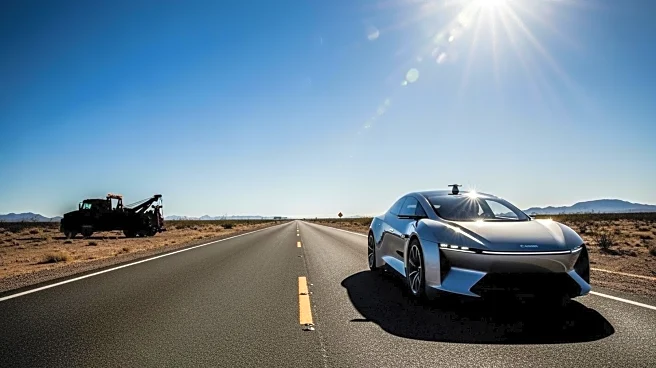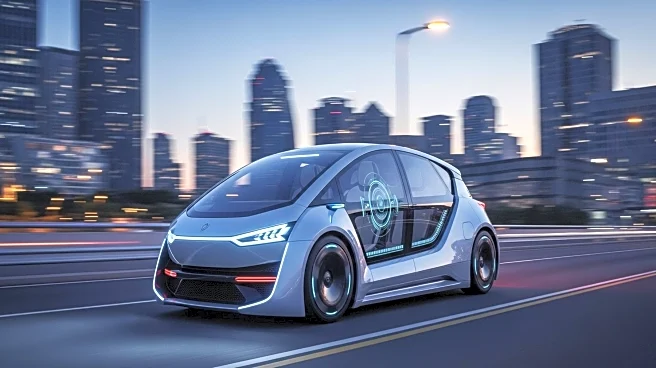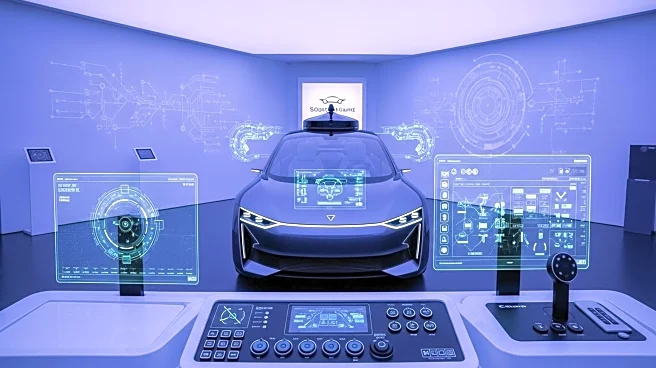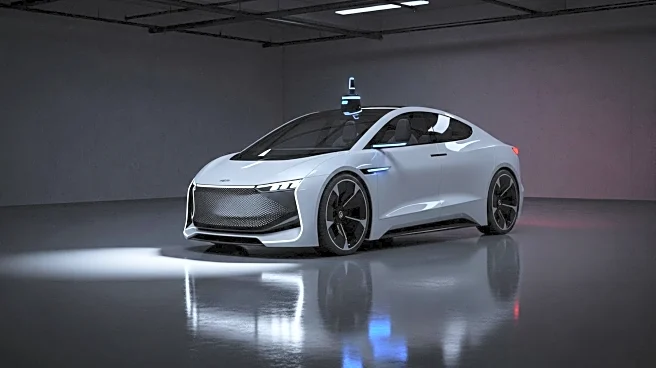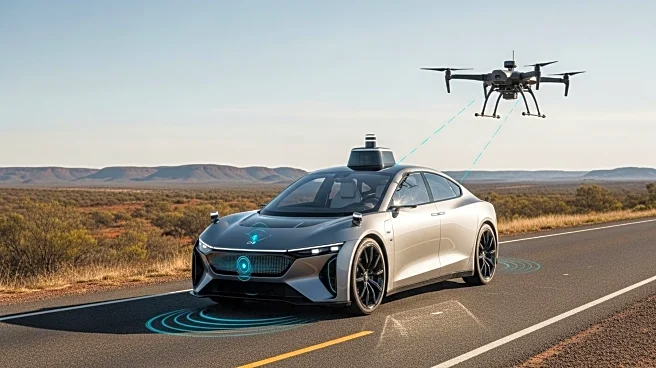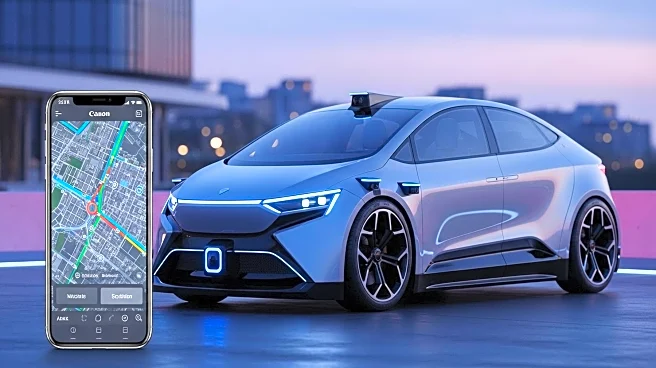What's Happening?
A Waymo self-driving cab in Arizona was involved in an incident where it nearly drove onto a flatbed tow truck, mistaking it for a road. Despite advanced sensory equipment, the autonomous vehicle hesitated and failed to navigate the situation correctly. This highlights ongoing challenges in achieving fully autonomous driving. Waymo's 'Driver' system uses AI, LiDAR, and cameras to map roads and monitor obstacles, but issues like this demonstrate the limitations of current technology. Waymo claims its system is significantly safer than human drivers, covering over a million miles of autonomous rides weekly.
Why It's Important?
The incident underscores the complexities and limitations of current autonomous driving technology. While Waymo's system is designed to enhance road safety, situations like this reveal the need for further refinement and testing. As self-driving cars become more prevalent, addressing these challenges is crucial to gaining public trust and ensuring safety. The incident may prompt discussions on regulatory standards and technological improvements necessary for the widespread adoption of autonomous vehicles.
Beyond the Headlines
The confusion experienced by the Waymo cab raises questions about the reliability of autonomous systems in unpredictable scenarios. Ethical considerations regarding the deployment of self-driving technology and its impact on public safety are increasingly important. The incident may influence future regulatory measures and technological advancements aimed at improving the decision-making capabilities of autonomous vehicles.
